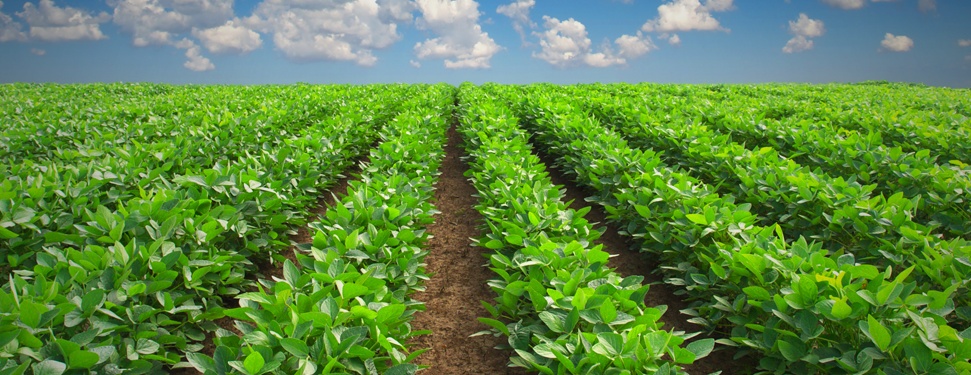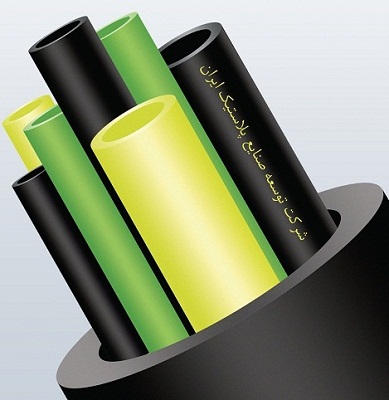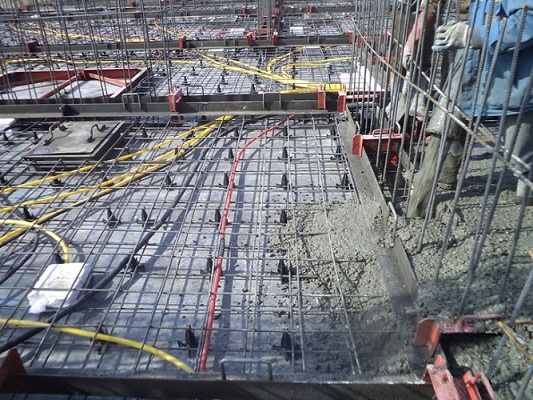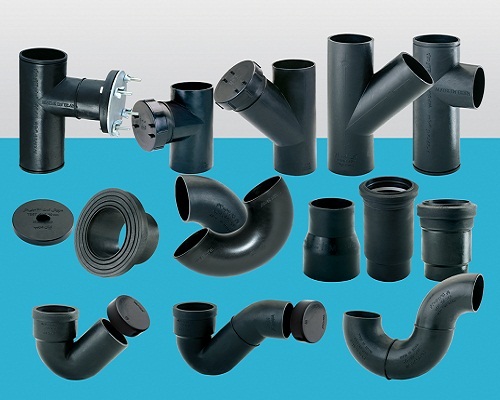PE pipes
Advantages of Polyethylene Pipe
High Density Polyethylene Pipe (HDPE) is a thermoplastic pipe made from material that can be melted and reformed. It is rugged, flexible, and durable. It has outstanding chemical and environmental stress crack resistance.
Relative to existing infrastructure, like ductile iron, concrete or PVC, HDPE seems like a new product. In reality, it has been successfully used in a wide variety of piping applications for over 50 years.
The outstanding physical and performance benefits of HDPE pipe make it the perfect choice for your piping systems.
Corrosion Resistance
Corrosion is one of the most costly problems associated with metal piping systems. It occurs both inside and outside the pipe and affects hydraulic efficiency. Many cities treat their water to help slow rust and pitting that is inevitable with metal pipes. Others choose costly cathodic protection, plastic coating, or sleeving to try and extend the service life of the pipe.
Unlike traditional metal infrastructure products, HDPE pipe does not rust, rot or corrode. It is resistant to biological growth. This means an extended service life and long term cost savings.
Fatigue Resistance
HDPE pipe is flexible and ductile, not rigid. It has outstanding resistance to fatigue. Unlike other plastic pipes, it is designed and pressure rated to handle the kind of occasional and recurring surge events that are common in water distribution systems. In many instances, this will enable you to utilize a thinner wall HDPE pipe as compared to other types of plastic piping.
Extended Service Life
HDPE pipe is a safe and durable product ideal for your piping infrastructure. The service life of HDPE is estimated to be between 50 to 100 years, depending on application, design and installation.
Fusion Joints
HDPE piping systems can be joined with heat fusion welds. Heat fusion involves the heating of two HDPE surfaces then bringing them together to form a permanent, monolithic, leak-free system.
Unlike the fusion process developed for other plastics pipes, the fusion process for HDPE is proven and has been used by the natural gas industry for over 40 years. Approximately 95% of all gas distribution piping in the United States is polyethylene pipe joined by heat fusion.
Fusing HDPE pipe is not difficult and personnel can be trained in the process.
Adaptability
In addition to joining HDPE with heat fusion, HDPE pipe can also be joined with Stab or Mechanical Fittings.
There are a wide range of these fittings available, specific to your pipe size and application.
HDPE pipe can easily be transitioned to and from non-HDPE piping systems utilizing Mechanical Joint adapters (MJ’s), Stab fittings and Mechanical and Flanged Connections.
Eco-Friendly
In addition to its outstanding physical characteristics, HDPE is recognized for its minimal impact on the environment:
• It takes less energy to manufacture HDPE than non-plastic pipes.
• HDPE is lightweight and is often more cost effective to transport than metal pipes.
• The flexibility of HDPE, combined with the use of heat fusion to join the pipe, means fewer fittings are required.
• In trenchless installations, the physical characteristics of HDPE pipe enables you to use a smaller pipe, resulting in less ground disruption than when installing other fusible products.
• HDPE pipe joined with heat fusion provides leak free connections.
• HDPE does not emit potentially hazardous levels of toxins into the air during production, during fusion or into the ground or water during use.
• HDPE pipe can be recycled back into non-pressure piping applications.






